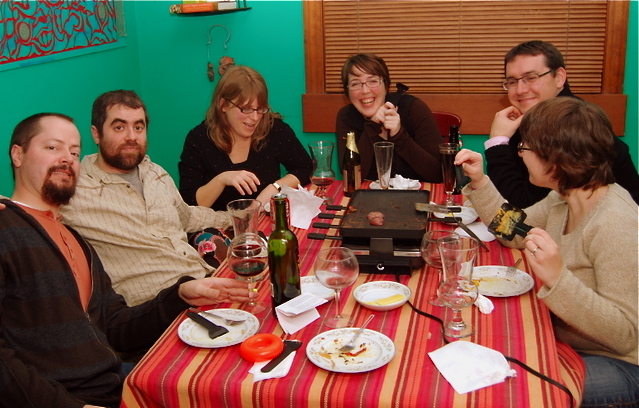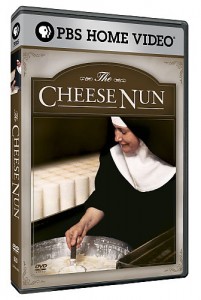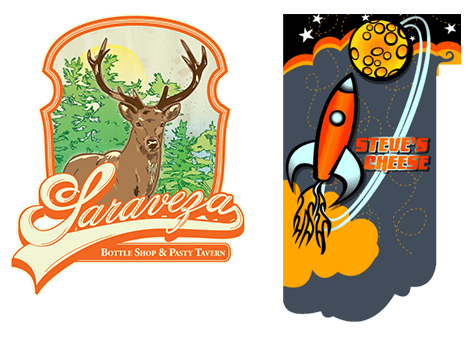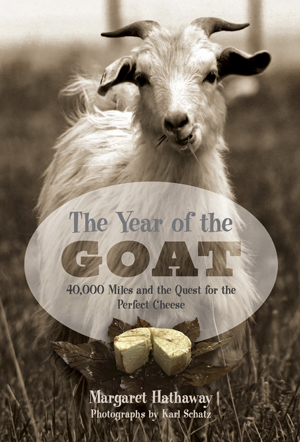
My husband and I joined an amateur bowling league last fall and had a great time with our team. (We are quite amateur, we’re like “Bad News Bears” — that’s us up there on election night at the bowling alley.) Anyway, one of the couples in our team let on that they had a raclette grill and so Thom and I instantly put forth the idea that they should host a raclette night. Thankfully, Marc and Kristen were happy to do that and so, after a long, harrowing bowling season which resulted in a shut-out by our team in the finals (the agony of defeat), we were ready to drown our sorrows with stinky, melted cheese.
* * *
I feel like there’s two kind of people in this world: people that don’t know about raclette and people that love raclette.
As a kid and a military brat, I grew up moving around and living in a lot of different places. When I was very young we lived in Germany and my parents were really great about picking up the local food culture and adopting it as their own. I can only imagine that that is where my mom picked up the raclette habit. As a kid, I wasn’t a big fan of it. As I got older, though, and my tastebuds matured, I started to really enjoy it!
Raclette is a semi-soft, cow’s milk cheese that has a very distinctive odor. The cheese hails from the french-speaking part of Switzerland and is made primarily in the Valais Canton. It is served hot over a selection of vegetables, typically boiled new potatoes, pickled onions and small gherkins or cornichons — little pickles. It can also be served alongside or over bread.
A few years ago, one of Thom’s coworkers was talking about raclette and Thom joined in (having had it at my parents’ house a couple times) and pretty soon the coworker was hosting a raclette night with her raclette grill. If you mention you have a raclette grill, we will force you to feed us stinky cheese!
Anyway, here’s the spread that Kristen and Marc put together for us in their lovely home: sliced raclette (of course) and also sliced gruyere and gouda. The grill is a two part contraption — the top part heats up and you can put veggies and meats there to cook. Kristen marinated some fresh shrimp in olive oil and spices and cooked that on top with sliced red and yellow bell peppers. The shrimp was phenomenal!
For smothering with raclette, they did the traditional boiled potatoes, gherkins and pickled onions. You can buy small white pickled onions in a jar or, if you are feeling special, you can do what Kristen did and pickle your own onions. They were out of this world — sweet and vinegary — and I could have eaten the whole pile just by itself! They also had on hand sliced baguette, marinated mushrooms, green olives and sliced apple. It was, hands-down, the fanciest raclette I have ever seen let alone eaten.
But, what about the cheese? There is a slot underneath the grill top where little paddles sit. You put your cheese on the paddle and slide it back in. Keep an eye on the cheese and when it gets bubbly, take our your paddle and use your handy raclette scraper(!) to push the cheese over the condiments already arranged on your plate. Get your fork out and dig in as it’s best hot.
The flavor of the cheese is mild and the cheese releases a bit of oil as it cooks so it’s quite creamy and blends with the flavors of the other foods. Something about the vinegar both balances the cheese flavor and enhances it. I may be tempted to get my own raclette grill as we had such a good time.
Here we are enjoying some raclette:

If you are interested in trying this and you don’t have to have a raclette grill, it’s no problem! While my mom has a number of wonderful, specialty gadgets in her kitchen, she does not have a raclette grill and she has made it for our family for years. She uses an oven-proof plate — a shallow dish or a cast iron skillet — slices up the raclette thinly and puts it in a 450 oven until bubbly. Then the hot dish is carefully set in the center of the table and everyone cuts a slice and uses a spatula to slide the hot cheese over their condiments already on their plates. Delicious!
* * *
Finally, in preparation for the event, Marc sent out a few emails about what raclette is and how it is served. He came across this amazing video which shows raclette being prepared in a way I’ve never seen before but I’m very excited to try someday. Thom and I are talking about a Europe trip and this will definitely go on the agenda.
If you haven’t quite got your mind wrapped around this, read this charming writeup from The Amateur Gormet where the author gets schooled on raclette by his young, Swiss nephew — lots of great raclette photos.






